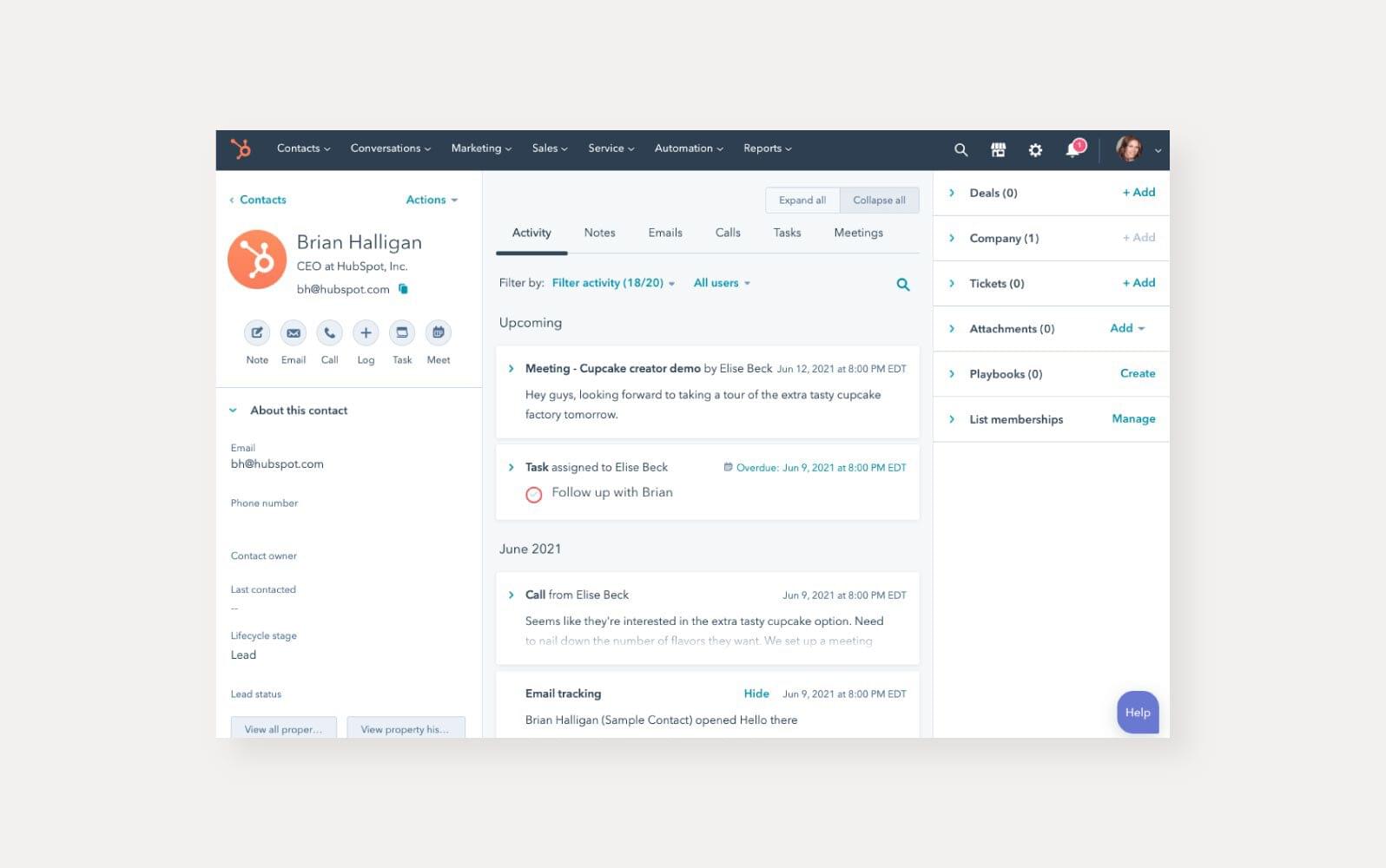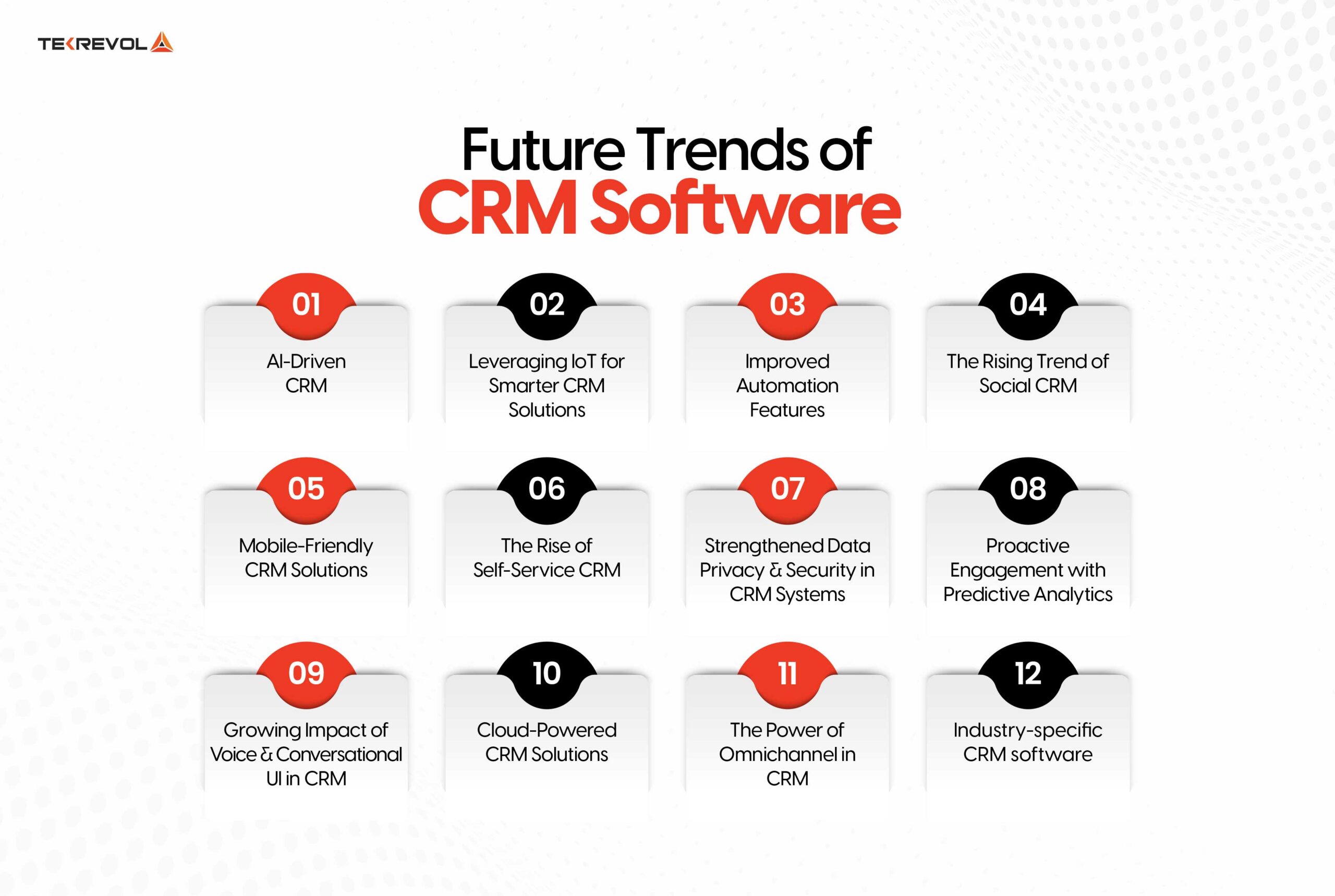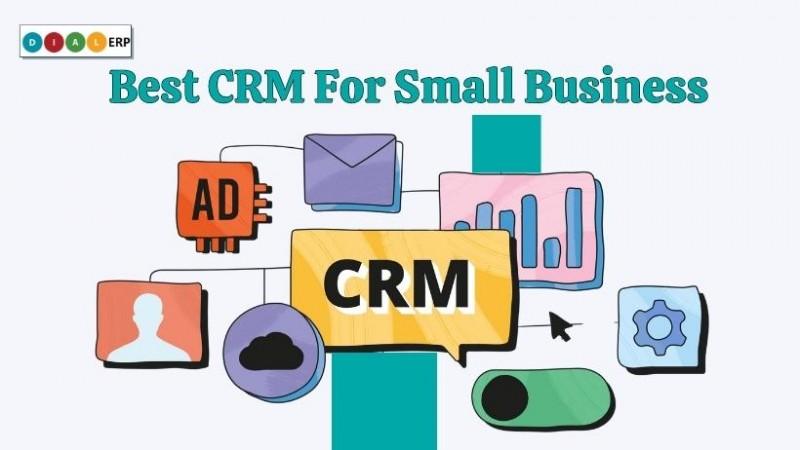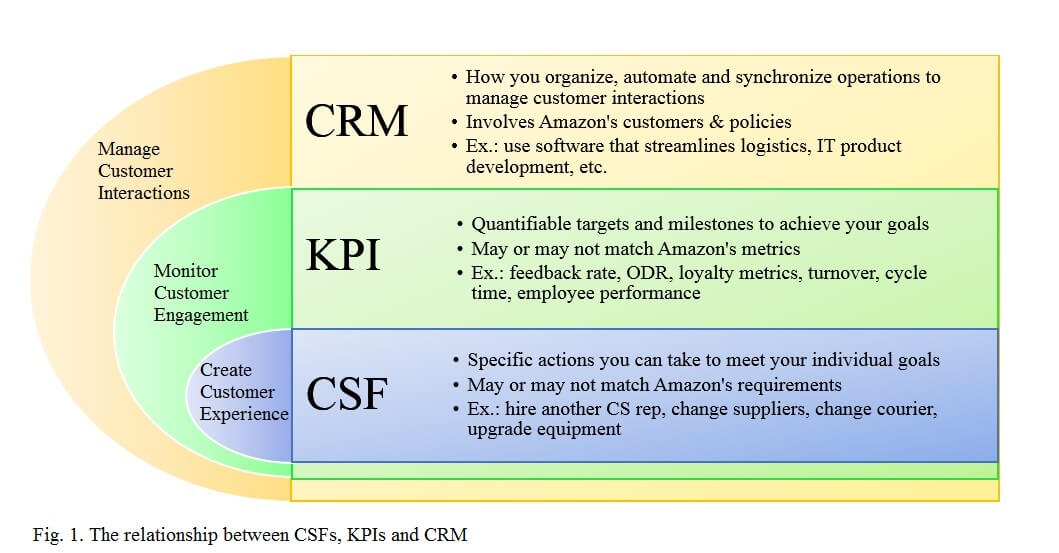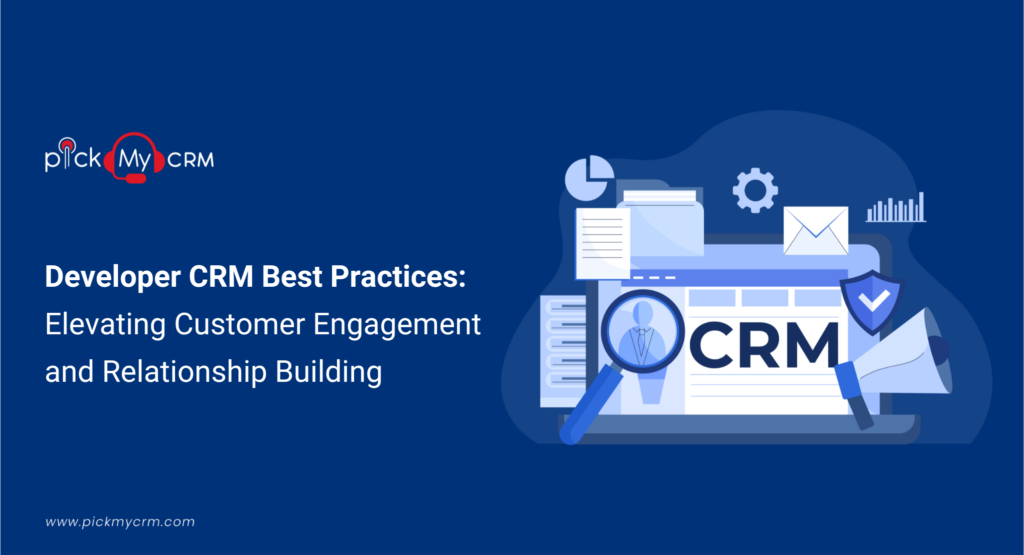Small Business CRM Scalability in 2025: Your Ultimate Guide to Growth
Small Business CRM Scalability in 2025: Your Ultimate Guide to Growth
Running a small business is an adventure, isn’t it? It’s a rollercoaster of excitement, challenges, and the constant pursuit of growth. In today’s fast-paced world, having the right tools can make or break your journey. One of the most crucial tools is a Customer Relationship Management (CRM) system. But not just any CRM. You need one that can scale – a CRM that can grow with you, adapting to your evolving needs and ambitions. This guide dives deep into small business CRM scalability, focusing on what to expect and how to prepare for it in 2025.
Understanding CRM and Its Importance
Before we jump into scalability, let’s make sure we’re all on the same page about what a CRM is and why it’s so vital. A CRM system is essentially a digital hub for all your customer interactions and data. Think of it as the brain of your customer relationships. It stores contact information, tracks interactions, manages sales pipelines, and provides insights into customer behavior.
For small businesses, a CRM offers several key advantages:
- Improved Customer Relationships: By centralizing customer data, you can personalize interactions, offer better support, and build stronger relationships.
- Increased Efficiency: Automate tasks, streamline workflows, and reduce manual data entry, freeing up your team to focus on more strategic activities.
- Enhanced Sales Performance: Track leads, manage opportunities, and close deals more effectively with a clear view of your sales pipeline.
- Data-Driven Decision Making: Gain valuable insights into customer behavior, sales trends, and marketing campaign performance to make informed decisions.
- Better Collaboration: Ensure everyone on your team has access to the same information, improving communication and teamwork.
The Scalability Challenge: Why It Matters
Now, let’s talk about scalability. This is where many small businesses stumble. You might start with a CRM that perfectly fits your needs today, but what about tomorrow? As your business grows – as you acquire more customers, hire more employees, and expand your product or service offerings – your CRM must be able to keep up.
Scalability in a CRM means its ability to:
- Handle Increased Data Volume: Store and manage a growing number of customer records, interactions, and transactions without performance degradation.
- Support a Growing User Base: Accommodate more users and provide them with the necessary access and functionality.
- Integrate with Other Systems: Connect with other business applications, such as accounting software, marketing automation platforms, and e-commerce solutions.
- Adapt to Changing Business Needs: Easily customize the CRM to reflect evolving processes, workflows, and reporting requirements.
- Maintain Performance: Ensure the CRM remains responsive and efficient, even as data volume and user activity increase.
Choosing a CRM that isn’t scalable can lead to a variety of problems, including:
- Performance Issues: Slow loading times, data errors, and system crashes can frustrate users and disrupt workflows.
- Limited Functionality: The CRM may not be able to handle the complexity of your growing business, forcing you to use workarounds or manual processes.
- Integration Problems: Difficulty connecting with other essential business systems can create data silos and hinder collaboration.
- High Costs: You may need to invest in costly upgrades or switch to a new CRM altogether, which can be disruptive and expensive.
- Lost Opportunities: Inability to efficiently manage customer interactions, track sales, and analyze data can lead to missed opportunities for growth.
Key Considerations for CRM Scalability in 2025
Looking ahead to 2025, the landscape of CRM technology will be even more dynamic. Here are some key considerations for small businesses planning for CRM scalability:
1. Cloud-Based Solutions
Cloud-based CRMs have become the norm, and this trend will continue. Cloud solutions offer several advantages for scalability:
- Ease of Deployment: No need for expensive hardware or IT staff.
- Automatic Updates: Providers handle updates and maintenance, ensuring you always have the latest features and security patches.
- Flexible Pricing: Pay-as-you-go models allow you to scale up or down your usage as needed.
- Data Security: Reputable cloud providers invest heavily in data security, often exceeding the capabilities of small business IT departments.
- Accessibility: Access your CRM from anywhere with an internet connection.
By 2025, expect even more sophisticated cloud-based CRM offerings, with enhanced features, improved performance, and greater integration capabilities.
2. Integration Capabilities
The ability of your CRM to integrate with other systems is crucial for scalability. In 2025, look for CRMs that offer:
- Robust APIs: Application Programming Interfaces (APIs) allow you to connect your CRM with virtually any other application.
- Pre-built Integrations: Seamless connections with popular business tools like marketing automation platforms, e-commerce platforms, and accounting software.
- Data Synchronization: Real-time or near-real-time data synchronization between systems to avoid data silos and ensure consistent information across your business.
- Customizable Integrations: The flexibility to create custom integrations to meet your unique business needs.
3. Artificial Intelligence (AI) and Machine Learning (ML)
AI and ML are rapidly transforming the CRM landscape. In 2025, expect to see even more AI-powered features, such as:
- Predictive Analytics: Identify potential leads, forecast sales, and predict customer churn.
- Automated Tasks: Automate routine tasks like data entry, lead scoring, and email marketing.
- Personalized Customer Experiences: Deliver tailored recommendations, offers, and support based on individual customer behavior.
- Improved Customer Service: AI-powered chatbots and virtual assistants can handle customer inquiries, freeing up your team to focus on more complex issues.
- Sentiment Analysis: Understand customer sentiment from their interactions and tailor your approach accordingly.
Embracing AI and ML will not only improve efficiency but also enable you to provide a more personalized and engaging customer experience.
4. Mobile Accessibility
Mobile access is no longer a luxury; it’s a necessity. Your CRM should be accessible on any device, from smartphones to tablets. In 2025, look for:
- Native Mobile Apps: Dedicated mobile apps that provide a seamless user experience.
- Responsive Design: The CRM interface should adapt to any screen size.
- Offline Access: The ability to access and update data even without an internet connection.
- Mobile-Specific Features: Features like GPS tracking, voice input, and mobile-optimized reports.
5. Data Security and Privacy
Data security and privacy are paramount. As data volumes grow, so does the importance of protecting customer information. In 2025, your CRM provider should:
- Comply with Data Privacy Regulations: Such as GDPR, CCPA, and others.
- Employ Robust Security Measures: Including encryption, multi-factor authentication, and regular security audits.
- Provide Data Backup and Recovery: To protect your data from loss or corruption.
- Offer Granular Access Control: To limit user access to sensitive data.
Choose a CRM provider that prioritizes data security and privacy to protect your business and your customers.
6. User-Friendliness and Ease of Use
A CRM is only useful if your team actually uses it. In 2025, look for a CRM that is:
- Intuitive Interface: Easy to navigate and understand, even for non-technical users.
- Customizable Dashboards: Allow users to personalize their view and access the information they need.
- Comprehensive Training and Support: Provide training resources, documentation, and responsive customer support.
- Minimal Learning Curve: Enable your team to quickly adopt the CRM and start using it effectively.
A user-friendly CRM will increase adoption rates, improve data quality, and ultimately contribute to your success.
Choosing the Right CRM for Scalability
Selecting a CRM that meets your current and future needs is a critical decision. Here’s a step-by-step guide to help you choose the right solution for scalability:
1. Assess Your Needs
Before you start evaluating CRMs, take the time to understand your business requirements. Consider the following:
- Current Processes: Document your existing sales, marketing, and customer service processes.
- Future Goals: Define your growth objectives and how you expect your business to evolve.
- Key Features: Identify the essential features you need, such as contact management, sales pipeline management, marketing automation, and reporting.
- Integration Requirements: Determine which other systems your CRM needs to integrate with.
- Budget: Set a realistic budget for your CRM, considering both upfront costs and ongoing expenses.
A thorough needs assessment will help you narrow down your options and choose a CRM that’s a good fit for your business.
2. Research and Evaluate CRM Vendors
Once you have a clear understanding of your needs, start researching CRM vendors. Consider the following:
- Vendor Reputation: Research the vendor’s reputation, customer reviews, and industry recognition.
- Scalability Features: Evaluate the CRM’s scalability capabilities, such as data storage limits, user capacity, and integration options.
- Features and Functionality: Compare the features and functionality of different CRMs to see which ones meet your needs.
- Pricing and Plans: Compare pricing plans and ensure they align with your budget and scalability requirements.
- Security and Compliance: Verify that the CRM meets your data security and privacy requirements.
- Customer Support: Assess the vendor’s customer support options, including documentation, training resources, and responsive customer service.
Make a shortlist of vendors that meet your initial criteria and move on to the next step.
3. Request Demos and Trials
Request demos and free trials of the CRMs on your shortlist. This will allow you to:
- Experience the User Interface: Get a feel for the CRM’s user interface and ease of use.
- Test the Functionality: Try out the key features and see how they work.
- Evaluate Integration Capabilities: Test the integration capabilities of the CRM with other systems.
- Assess Performance: Evaluate the CRM’s performance, especially as you add data and users.
- Get Feedback from Your Team: Involve your team in the testing process to gather feedback and ensure the CRM meets their needs.
Take detailed notes during the demos and trials, and compare the CRMs based on your evaluation criteria.
4. Plan for Implementation and Training
Once you’ve chosen a CRM, it’s time to plan for implementation and training. Consider the following:
- Implementation Strategy: Develop a detailed implementation plan, including timelines, resources, and milestones.
- Data Migration: Plan for data migration from your existing systems to the new CRM.
- User Training: Provide comprehensive training to your team on how to use the CRM.
- Customization: Customize the CRM to meet your specific business needs, such as creating custom fields, workflows, and reports.
- Ongoing Support: Establish a plan for ongoing support and maintenance.
A well-planned implementation and training process will ensure a smooth transition and maximize the value of your CRM.
5. Monitor and Optimize
After the CRM is implemented, it’s important to monitor its performance and make adjustments as needed. Regularly review the following:
- User Adoption: Track user adoption rates and identify any challenges.
- Data Quality: Monitor data quality and implement measures to improve it.
- Performance: Monitor the CRM’s performance and address any issues.
- Customization: Evaluate the need for further customization to meet your evolving business needs.
- Customer Feedback: Gather feedback from your team and customers to identify areas for improvement.
By continuously monitoring and optimizing your CRM, you can ensure it remains scalable and effective as your business grows.
CRM Scalability in Action: Real-World Examples
Let’s look at some real-world examples of how small businesses have successfully scaled their CRM systems:
Example 1: E-commerce Business
A small e-commerce business started with a basic CRM to manage customer contacts and track sales. As the business grew, they integrated their CRM with their e-commerce platform, marketing automation software, and accounting system. They also implemented AI-powered features like personalized product recommendations and automated email marketing campaigns. This allowed them to handle a growing number of customers, automate tasks, and improve their sales and marketing performance.
Example 2: Service-Based Business
A service-based business used a CRM to manage leads, track projects, and provide customer support. As they expanded their team and service offerings, they added features like project management, time tracking, and advanced reporting. They also implemented mobile access and integrated their CRM with their scheduling software. This helped them manage a growing number of clients, improve project efficiency, and provide better customer service.
Example 3: SaaS Startup
A SaaS startup used a CRM to manage leads, track sales, and provide customer support. As they grew, they focused on integrating their CRM with their product, marketing automation, and customer success platforms. They also implemented AI-powered features like lead scoring and churn prediction. This allowed them to handle a growing number of customers, improve their sales and marketing efficiency, and reduce customer churn.
The Future of CRM and Scalability: Trends to Watch
The CRM landscape is constantly evolving. Here are some trends to watch as you plan for CRM scalability in 2025 and beyond:
- Hyper-Personalization: CRMs will become even more sophisticated at delivering personalized customer experiences, using data and AI to understand individual customer needs and preferences.
- No-Code/Low-Code Customization: The ability to customize your CRM without extensive coding will become increasingly important, allowing you to adapt your CRM to your specific needs quickly and easily.
- Data Privacy and Security: Data privacy and security will remain a top priority, with CRMs continuing to invest in robust security measures and compliance with data privacy regulations.
- Integration with Emerging Technologies: CRMs will integrate with emerging technologies like the Internet of Things (IoT), blockchain, and augmented reality (AR) to provide even more valuable insights and capabilities.
- Focus on Customer Experience: The customer experience will become the ultimate differentiator, and CRMs will play a crucial role in enabling businesses to deliver exceptional customer experiences.
Conclusion: Embrace Scalability for Sustainable Growth
Choosing a scalable CRM is essential for small businesses that aspire to grow. By understanding the key considerations for scalability, selecting the right CRM, and planning for implementation and training, you can ensure your CRM evolves alongside your business. Embrace the trends of 2025, from AI-powered features to data security, and position your business for sustainable growth. The right CRM, implemented and managed effectively, will be a powerful tool in your journey to success.
Don’t wait until your current CRM is bursting at the seams. Start planning for scalability today, and set your small business up for success in the years to come. The future of your business depends on it.

